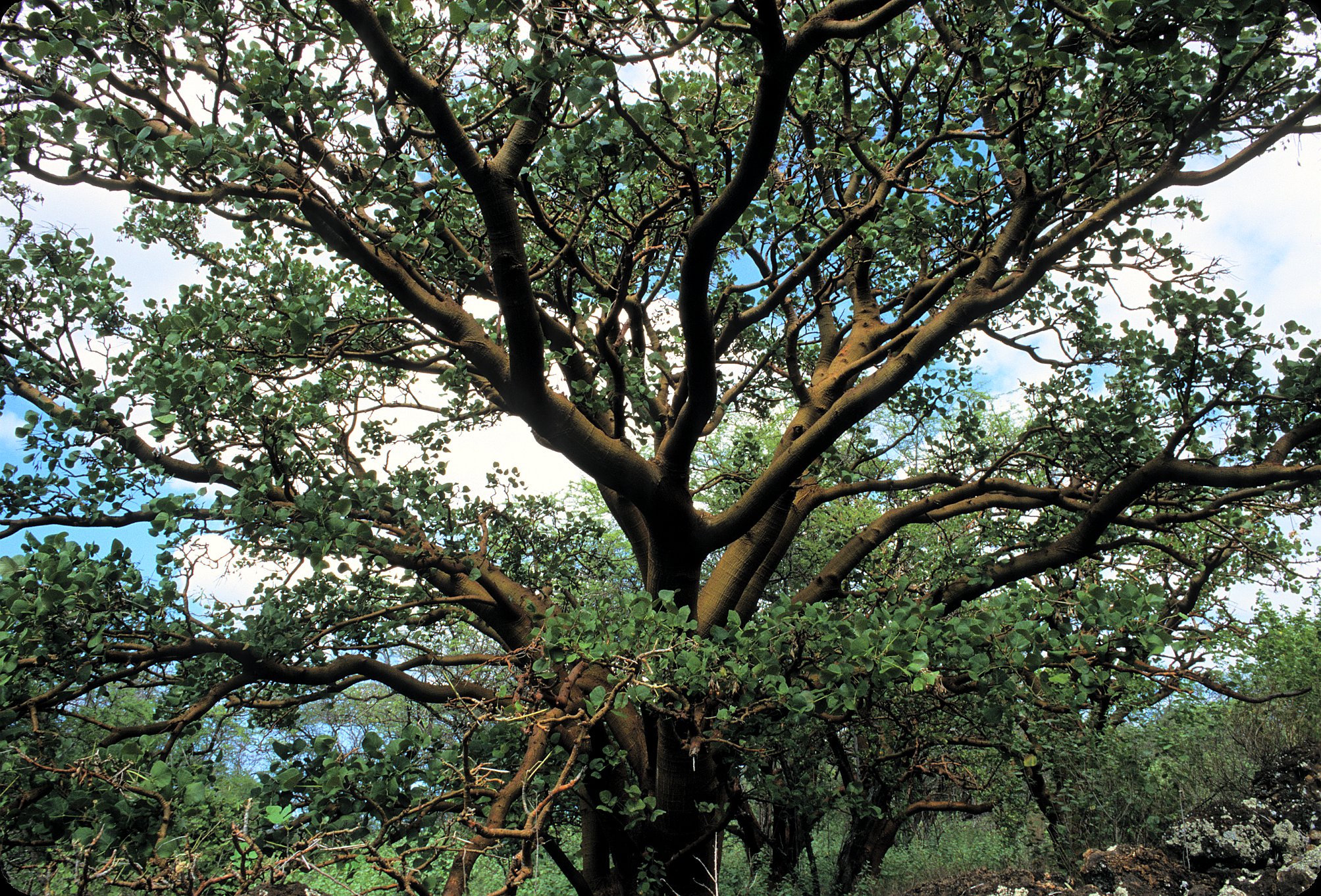Supporting Data
Below is some of the basic information about the site and its habitat value.
Wailea 670 concept plan, with overlay of proposed Reserve area (purple border), and waypoints marking native plants. Top points east.

|
Closeup of GPS waypoints marking native Hawaiian plants. Labels are GSP### for GenusSPecies. Top points north.
|
|
Map showing the known sites on Maui for Canavalia pubescens, awikiwiki. Source: Dr. Jonathan Price.
|

|
|
Map showing (orange dots) the three known sites on Maui for Lipochaeta rockii, Rock's nehe. The left-most is Wailea 670 to Palauea. Note that all sites are on lava flows shown in lime green, being 5,000 to 10,000 years old. Sources: Lava flow map, Dr. Jonathan Price. Sites: Manual of the Flowering Plants of Hawaii, Bob Hobdy.
|

|
|
Morphological differences between two Maui populations of Lipochaeta rockii. Previously these two populations were regarded as two unique species. Photographs by Forest Starr, Lee Altenberg.
|
|
Lipochaeta rockii var. dissecta, Pu`u O Kali
|

|
|
|
Lipochaeta rockii, Wailea 670
|

|
|
|
The pre-settlement range of wiliwili (Erythrina sandwicensis) forest, best current estimate. Source: Dr. Jonathan Price.
|

|
|
Map showing remnant wiliwili forests on Maui as of 2005. Source: Dr. Jonathan Price.
|

|
|
Wiliwili trees in Wailea 670. Height is approximately 35 feet. Despite the gall wasp infestation evident in the trees, these wiliwili trees are managing to develop leaves. Photographs by Lee Altenberg, 3/6/2006.
|

|

|
|
A wiliwili tree in Wailea 670, prior to gall wasp infestation. Photograph by Lee Altenberg, 2/2/2003.
|

|
LINKS:
Wailea 670 Developer's Web Site










